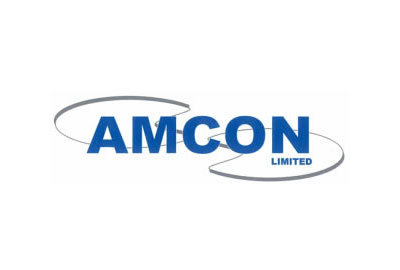
 The new investors in Keystone Bank- the Sigma Golf-Riverbank consortium, has taken over the operations of the institution at the weekend. The move followed their unveiling by Asset Management Corporation of Nigeria (AMCON), after the Completion Meeting held on Thursday, attended by the consortium (buyer), AMCON (seller), Board and Management of Keystone Bank.
The new investors in Keystone Bank- the Sigma Golf-Riverbank consortium, has taken over the operations of the institution at the weekend. The move followed their unveiling by Asset Management Corporation of Nigeria (AMCON), after the Completion Meeting held on Thursday, attended by the consortium (buyer), AMCON (seller), Board and Management of Keystone Bank.
Others were the advisers to the buyer (KPMG Professional Services, Boston Advisory Services, Giwa Osagie & Co., Pan-African Capital Limited, while the seller’s advisers were FBN Capital Limited, Citibank Nigeria Limited, Banwo & Ighodalo, CrosswrockLaw.
The Completion Meeting signified the effective hand-over of the bank to the buyer and the commencement of a transition process that will culminate in the reconstitution of the board and management of the institution to reflect the new ownership.
Keystone Bank was taken over by AMCON in 2011 and has been managed by the AMCON appointed Board and Management that stabilized the bank over the years to make it attractive as a potential target for eventual acquisition by the new investors, who emerged as preferred bidders after a very transparent and competitive bidding process.
The emergence of the Sigma Golf-Riverbank consortium is expected to bring a new life in the bank with the expected injection of fresh capital that would position the bank to play competitively in the banking industry and actualize its full potentials.
In moving the bank forward as a major player in the industry, the new investors will be backed up by a pool of reputable professionals.
Meanwhile, amid attempts by the country to borrow more from external sources, Nigeria has in the past five years spent $1.62bn to service its external debts that include loans secured for what turned out to be white elephant projects, EVEREST AMAEFULE writes.
In the past five years, Nigeria has spent $1.62bn for servicing of external loans contracted by both the federal and state governments.
A breakdown of statistics obtained from the Debt Management Office showed that the country paid $293,003,540 for external debt servicing in 2012. The following year, the amount stood at $297,329,300.
In 2014, a total of $346,723,290 was paid to external creditors. The amount came down slightly in 2015 to $331,059,850, but moved up a bit to $353,093,540 last year.
Nigeria’s external debt stood at $6,527,070,000 on December 31, 2012. However, over the past five years, it has grown to $11,406,028,000.
This means that within the period of five years, the country’s external loan commitment has grown by 74.75 per cent.
Source: The Guardian
